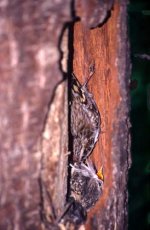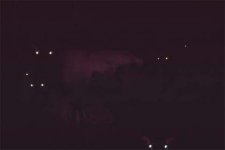rka
ttbirds
I've experimented a bit with bird photography but I've never used a camera flash as yet on birds. Looked at a few posts and there seems to be three trains of thought on this:
So there seems to be some divided opinions on the merits and demerits of using flash.
I also noted in some cases flash abuse where some amateur photographers clearly repeatedly baited birds and subjected them to extreme flash photography for extended periods when there was a material risk of harming the birds (mainly hummers). But I guess everything that can be done safely can also be abused by a careless few.
Regarding equipment, if using flash, I'm guessing that the flash extender accessory is necessary.
So before I jump into this area, would appreciate your thoughts. First and foremost, I want no harm to the birds.
Rashid
- Only do fill flash and only when the subject is already well lit from natural light just to cancel the shadows
- Don't use flash when subject not already well lit as will spook the birds to the detriment of the birds and other bird watchers
- Use flash for primary target (not just fill but to illuminate fully) since no evidence birds are affected negatively
So there seems to be some divided opinions on the merits and demerits of using flash.
I also noted in some cases flash abuse where some amateur photographers clearly repeatedly baited birds and subjected them to extreme flash photography for extended periods when there was a material risk of harming the birds (mainly hummers). But I guess everything that can be done safely can also be abused by a careless few.
Regarding equipment, if using flash, I'm guessing that the flash extender accessory is necessary.
So before I jump into this area, would appreciate your thoughts. First and foremost, I want no harm to the birds.
Rashid






